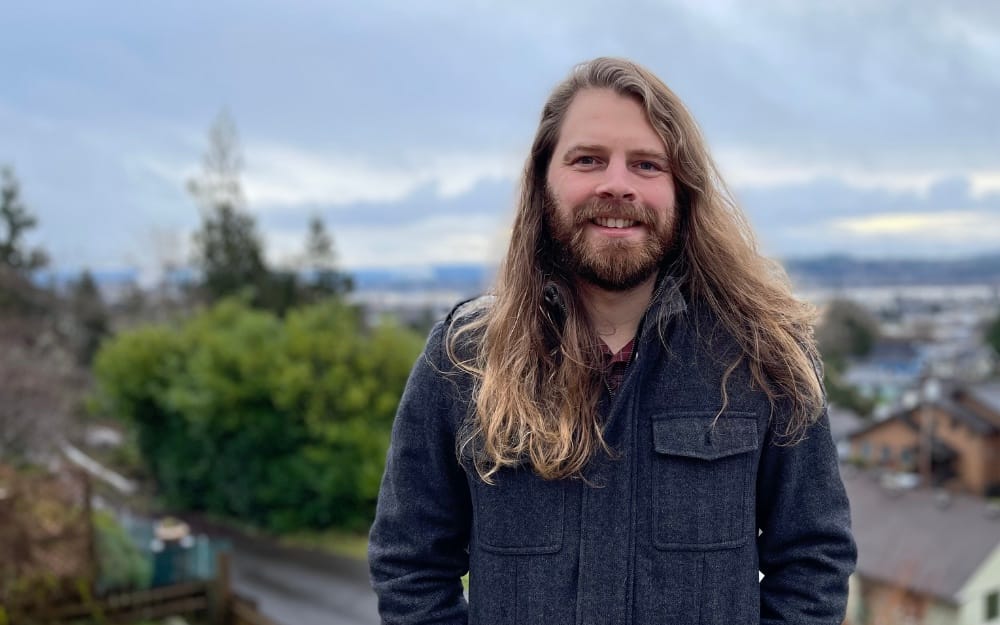Communities Must Be Accurate in Fabric-Challenge Submissions, says Mapping Non-profit
‘Local communities have a lot of data and knowledge that CostQuest and the FCC don’t have,’ Dustin Loup said.

Photo of Dustin Loup from the Marconi Society
WASHINGTON, October 21, 2022 –Strict adherence to the Federal Communications Commission’s guidelines is essential to the success of their bulk challenges to the national broadband fabric’s data, Dustin Loup, head of the National Broadband Mapping Coalition, said Friday.
Speaking at a panel on the subject of “How to fix the FCC’s fabric,” Loup explained the steps by which an authorized entity can gain access to the fabric and lodge a challenge. The FCC’s first draft of its national broadband map will likely be released in November, and the panel encouraged local communities to expedite their challenge submissions.
Don’t miss the upcoming Broadband Breakfast Live Online session on Wednesday, October 26, 2022, 12 Noon ET: “Challenging the Broadband Fabric”
Broadband Breakfast on October 26, 2022 – Challenging the Broadband Fabric
“Local communities have a lot of data and knowledge that CostQuest and the FCC don’t have,” Loup said. The panel urged community officials to work with state officials to influence state-level policy decisions as well.
The fabric, created for the FCC by contractor CostQuest, is a dataset of all “broadband serviceable locations” in the United States. The fabric has been released to state and local governments, as well as service providers and some other stakeholders, who may challenge its dataset.
The fabric will be overlayed with broadband availability data, a process which will produce the FCC’s national broadband map. The Broadband Equity, Access, and Deployment program’s $42.45 billion will be allotted to the states based on relative need as displayed in that map. States will issue subgrants to contractors for individual projects.
The fabric is not yet publicly available, which has drawn criticism from Loup and others. Earlier this month, however, the FCC told Broadband Breakfast it would soon be more widely available, though the agency did not specify the extent of that availability.
Many critics of the FCC fabric process
Industry experts also debate the efficacy of the challenge process in correcting fabric’s errors.
Conexon’s Jonathan Chambers said that the FCC’s maps will be hopelessly flawed. But Scott Wallsten, president of the Technology Policy Institute, has argued the maps will markedly improve with time.
“What all parties need to understand is that this is a new process that has expanded the granularity of coverage analysis from under 10 million census blocks to over 100 million locations,” a CostQuest spokesman told Broadband Breakfast on Friday.
“It is a monumental undertaking that requires some effort to adjust to. On our side, we are working with our data partners to make sure the fabric is as accurate as possible and accessible as possible.”
Robert Ballance, founder of the Center for Internet as Infrastructure, told Broadband Breakfast that the fabric’s data should be made more widely available.
“Where are now is we have to roll up our sleeves and [work within the FCC’s current system],” Ballance said. “But going forward it would be wonderful if we could figure out how to make the process more inclusive and how to make the data more accessible.”










